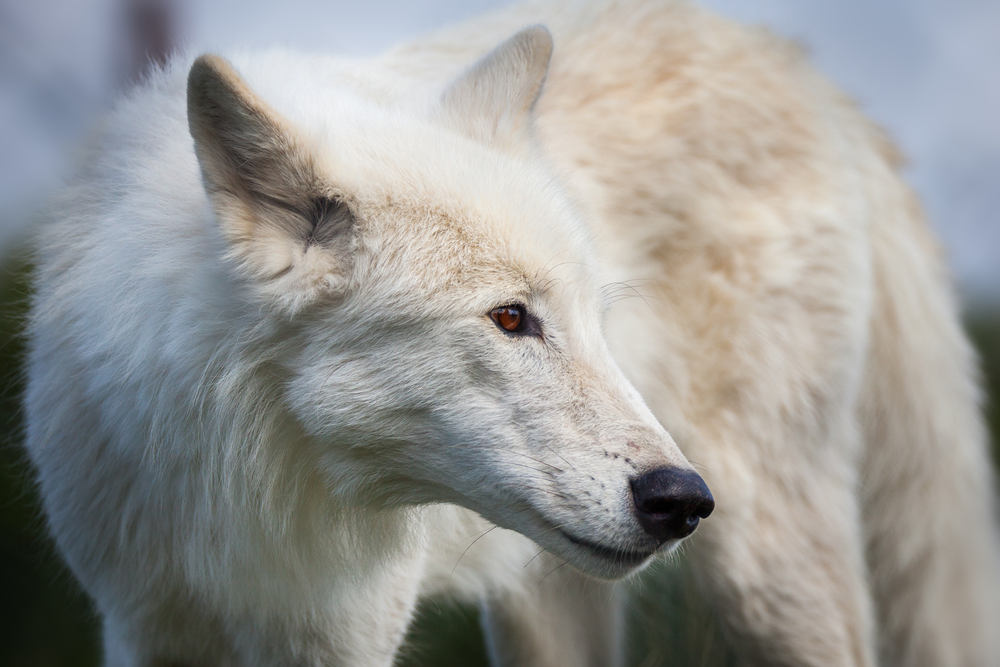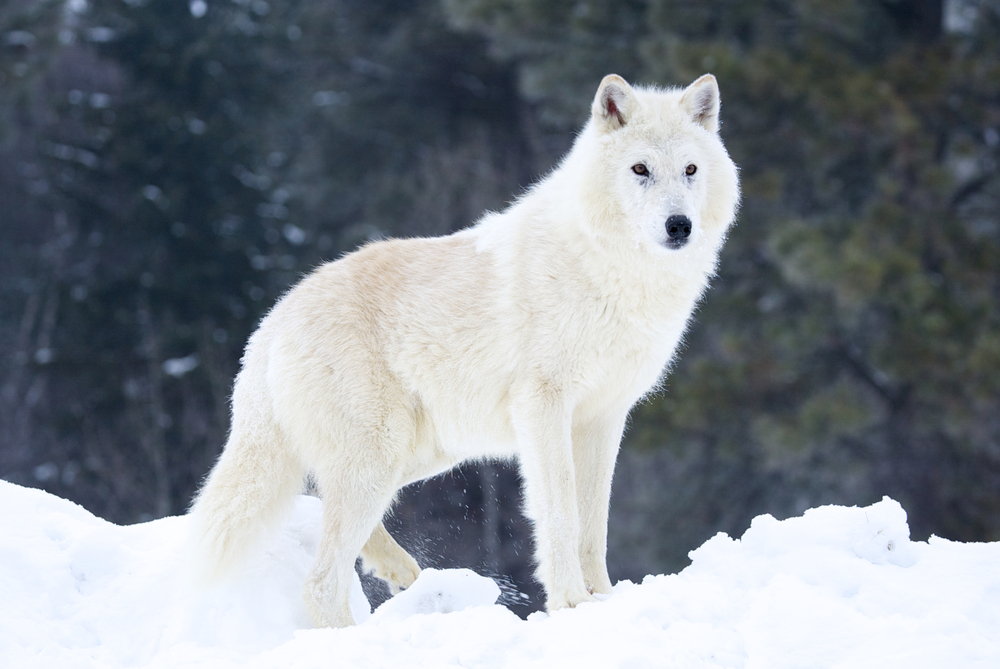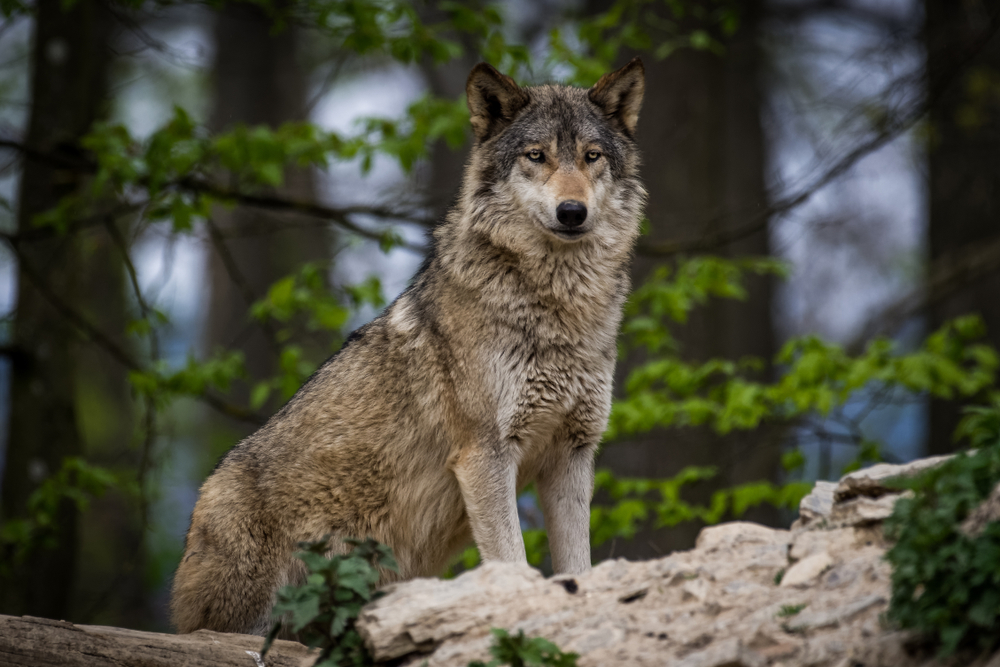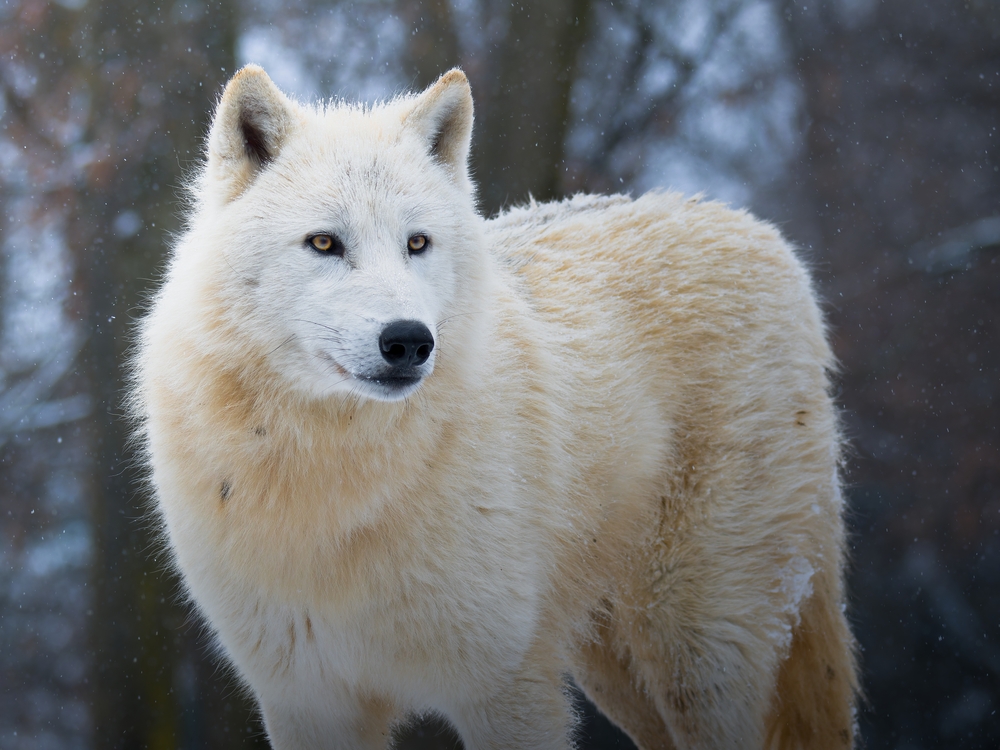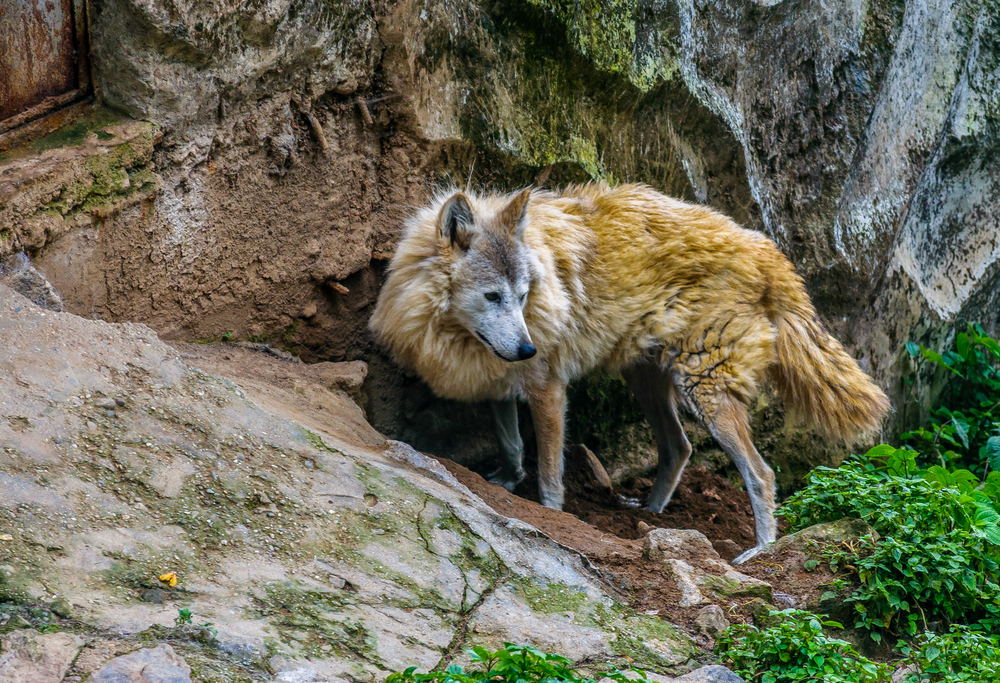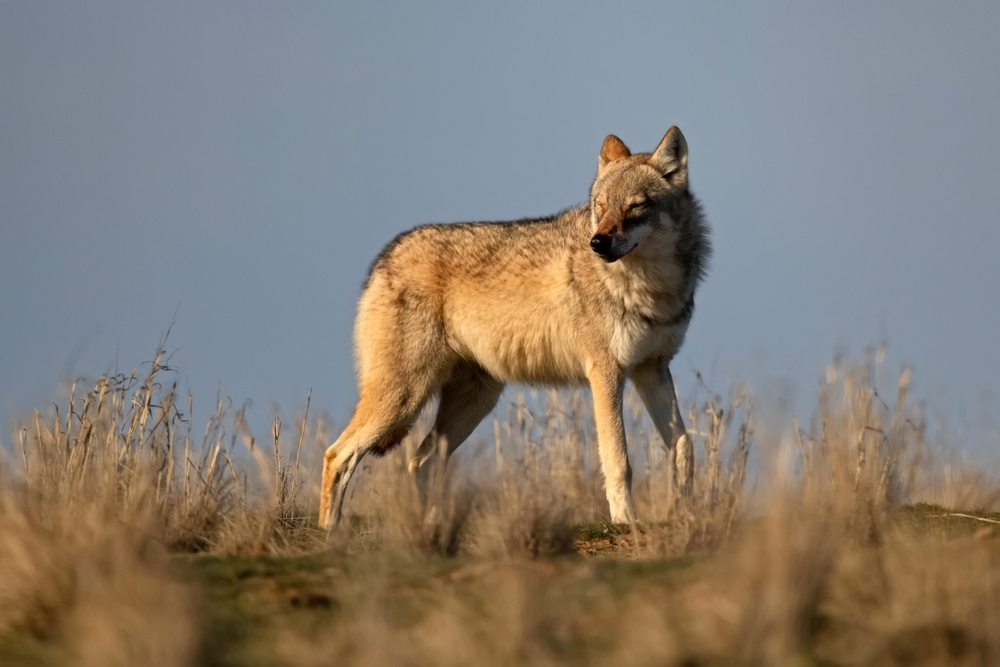About
#Mammals
The Tundra wolf (Canis lupus albus) is a large, light-colored subspecies of the gray wolf that roams the expansive tundra regions of northern Russia and parts of northeastern Europe. A member of the Canidae family, this wolf is specially adapted to life in cold, open environments, often near the Arctic Circle. Its range includes the vast treeless plains from the White Sea to the Kamchatka Peninsula, where temperatures plunge well below freezing and prey is spread across immense distances.
Tundra wolves are among the largest gray wolf subspecies, with adult males weighing between 45–60 kilograms (100–132 pounds). Their dense, pale gray to almost white fur helps them blend into snowy surroundings and provides critical insulation. They have long legs and large feet for efficient travel over snow and frozen terrain, often covering vast areas in search of prey.
Highly social and intelligent, tundra wolves live in structured packs and primarily hunt large ungulates such as reindeer and elk. Their survival depends on cooperative hunting and seasonal migrations that follow prey movements. During summer, they may supplement their diet with small mammals, birds, and fish.
Despite their remote range, tundra wolves face growing threats from habitat disturbance, climate change, and conflict with reindeer herders. While not currently endangered, their populations are monitored in several regions to ensure sustainability. They play a vital role in maintaining ecological balance across tundra ecosystems.
The tundra wolf’s size, endurance, and adaptation to extreme climates make it a remarkable symbol of Arctic wilderness and resilience.
Threatened:
Extinct
Critically Endangered
Endangered
Vulnerable
Near Threatened
Least Concern



































































